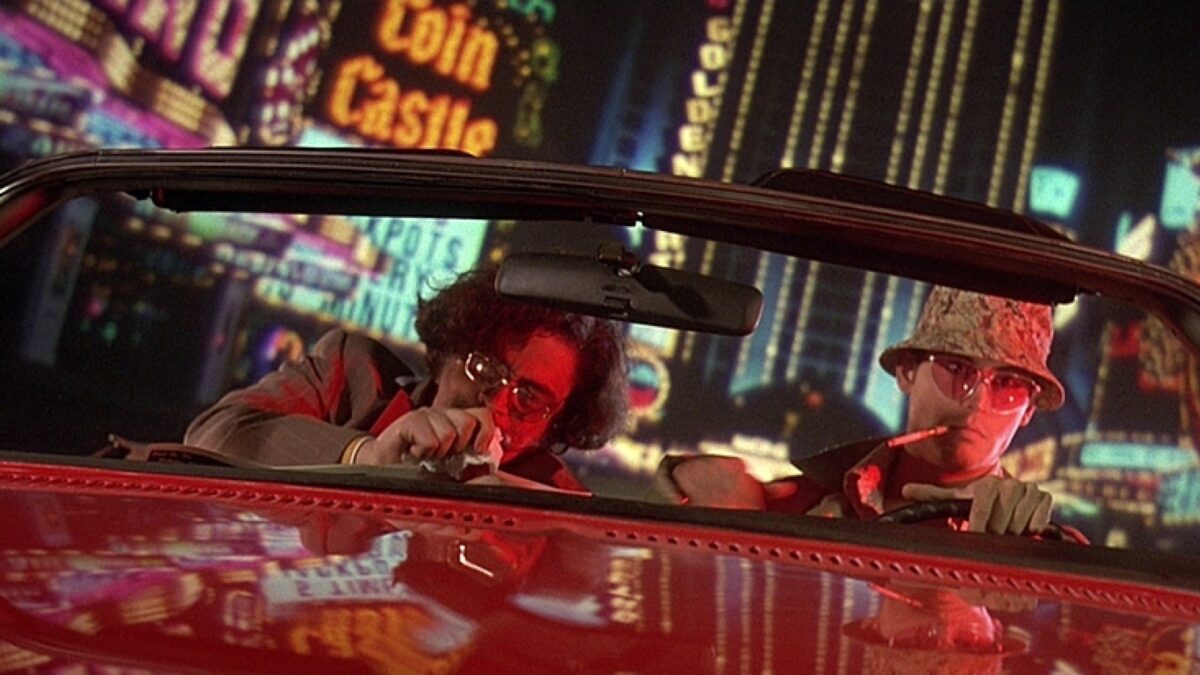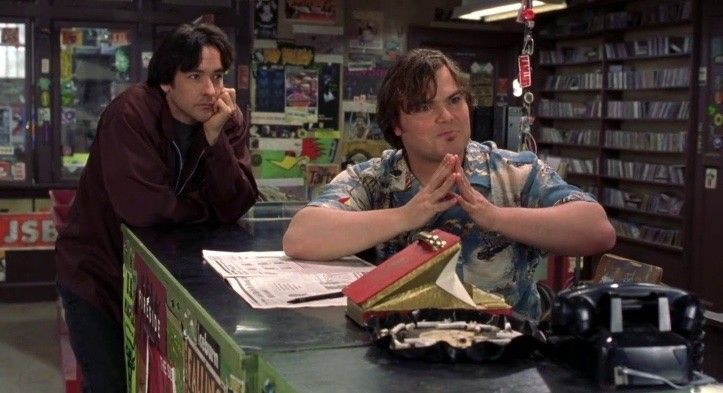
This business needs way more courageous people.
Are you as terrified reading this as I am writing it?
Right now, Hollywood is a place filled with fear and anxiety, and we need to break that mold if we’re going to get original storytelling back.
Hollywood is known for producing some of the most iconic and influential films in history, but behind the glamour and glitz, there is a culture of fear and risk aversion among many executives. Despite the significant resources and talent available to them, Hollywood executives often prioritize profit over creativity and originality, leading to a proliferation of sequels, remakes, and formulaic films.
In this context, it’s worth exploring why Hollywood executives are driven by fear and what factors contribute to this trend. From pressure to maintain positive public perception to the need to appease investors, there are many reasons why executives may shy away from taking creative risks.
By understanding the drivers behind this culture of fear, we can gain insight into the challenges and opportunities facing the film industry today.
Let’s dive in.
Why Are Hollywood Executives Driven By Fear?
One of the hardest things about getting a project off the ground in Hollywood is that executives are driven by fear. They want to keep their jobs. Taking a risk could cost them everything, so they are very cautious about what gets a green light and who they hire.
I want to be mad at them all the time, but I feel like it’s way better to understand why this is happening and work with them to be brave together.
There are a few reasons why Hollywood executives might be driven by fear:
-
Risk Aversion: Hollywood is a highly competitive industry, and executives are often under pressure to deliver profits and high box-office returns. In order to minimize the risks associated with investing in films, executives may be more inclined to choose projects that have a proven track record or are similar to successful films in the past. This risk aversion can lead to a lack of creativity and originality in the films that are produced. Why take a chance on something weird or new if it costs you everything? How can you justify it in a board meeting?
-
Public Perception: The success or failure of a film can have a significant impact on the public perception of a studio or executive. A string of box-office failures can be seen as a sign of incompetence or lack of vision, which can be damaging to an executive’s career. This can lead to a focus on producing films that are safe and predictable rather than taking risks on new and innovative ideas. No one wants their name on a huge flop especially when this business is about what you have done for me lately.
-
Pressure from Investors: Hollywood studios are often owned by large corporations or investment firms, who are primarily concerned with making a profit. These investors may put pressure on executives to deliver returns on their investment, which can lead to a focus on box-office success over artistic integrity or creativity. The biggest problem with Hollywood right now is that commerce is valued over art. And these big firms who bought studios are forcing them to only make what they perceive might make money, instead of taking chances.
The competitive and high-stakes nature of the film industry, combined with pressure from investors and the need to maintain a positive public perception, can lead to fear and risk aversion among Hollywood executives.

How Can a Writer or Director Sustain a Career if Hollywood Executives Are Driven By Fear?
As I mentioned up top, no matter what, you still have to work in this town. So, how can you work in a market driven by fear? Well, find brave people who want to make good things. Also, work with the people in fear to become the kind of person that be relied on in this tumultuous industry.
Although Hollywood executives may be driven by fear, it is still possible for a writer or director to sustain a career in the film industry.
Here are a few strategies that can help you actually work in this town:
-
Build a Strong Reputation: One of the best ways to overcome the risk aversion of Hollywood executives is to establish a strong reputation as a writer or director. This can be done by creating high-quality work, winning awards, and receiving critical acclaim. By building a reputation as a talented and innovative artist, you may be able to convince executives to take a chance on your ideas. Be someone who they can rely on to get things done. Someone who brings out the best in them as well.
-
Network and Collaborate: In addition to creating great work, it’s important to build relationships with other professionals in the industry. Networking and collaborating with other writers, directors, producers, and executives can help you gain access to opportunities and resources that may not be available otherwise. Meet people. Help people. Create an environment
-
Seek Alternative Funding Sources: If Hollywood executives are hesitant to invest in your projects, there may be alternative funding sources that can help you bring your ideas to life. This could include crowdfunding platforms, grants, or independent investors.
-
Embrace Independent Filmmaking: Another option is to embrace independent filmmaking and focus on creating films outside of the Hollywood system. This can be a challenging path, but it can also provide more creative freedom and control over your work.
Ultimately, while the risk-aversion of Hollywood executives can make it difficult to sustain a career in the film industry, there are still opportunities for writers and directors who are willing to be persistent, creative, and flexible in their approach.

Summing Up Why Are Hollywood Executives Driven By Fear?
Hollywood executives are often driven by fear due to a variety of factors, including risk aversion, public perception, and pressure from investors. These factors can create a culture of playing it safe and avoiding risks, which can limit creativity and originality in the films that are produced.
However, it is important to note that not all Hollywood executives are driven by fear, and there are many examples of successful films that have taken risks and pushed boundaries.
As the film industry continues to evolve and adapt to changing audience preferences, it will be interesting to see how Hollywood executives balance the need for profitability with the desire to create innovative and thought-provoking films.














